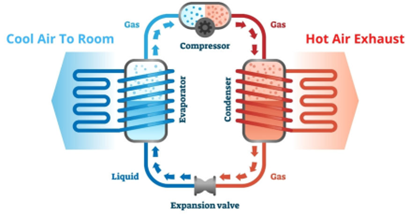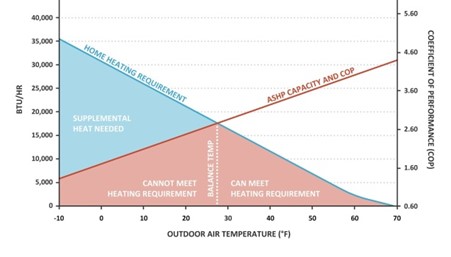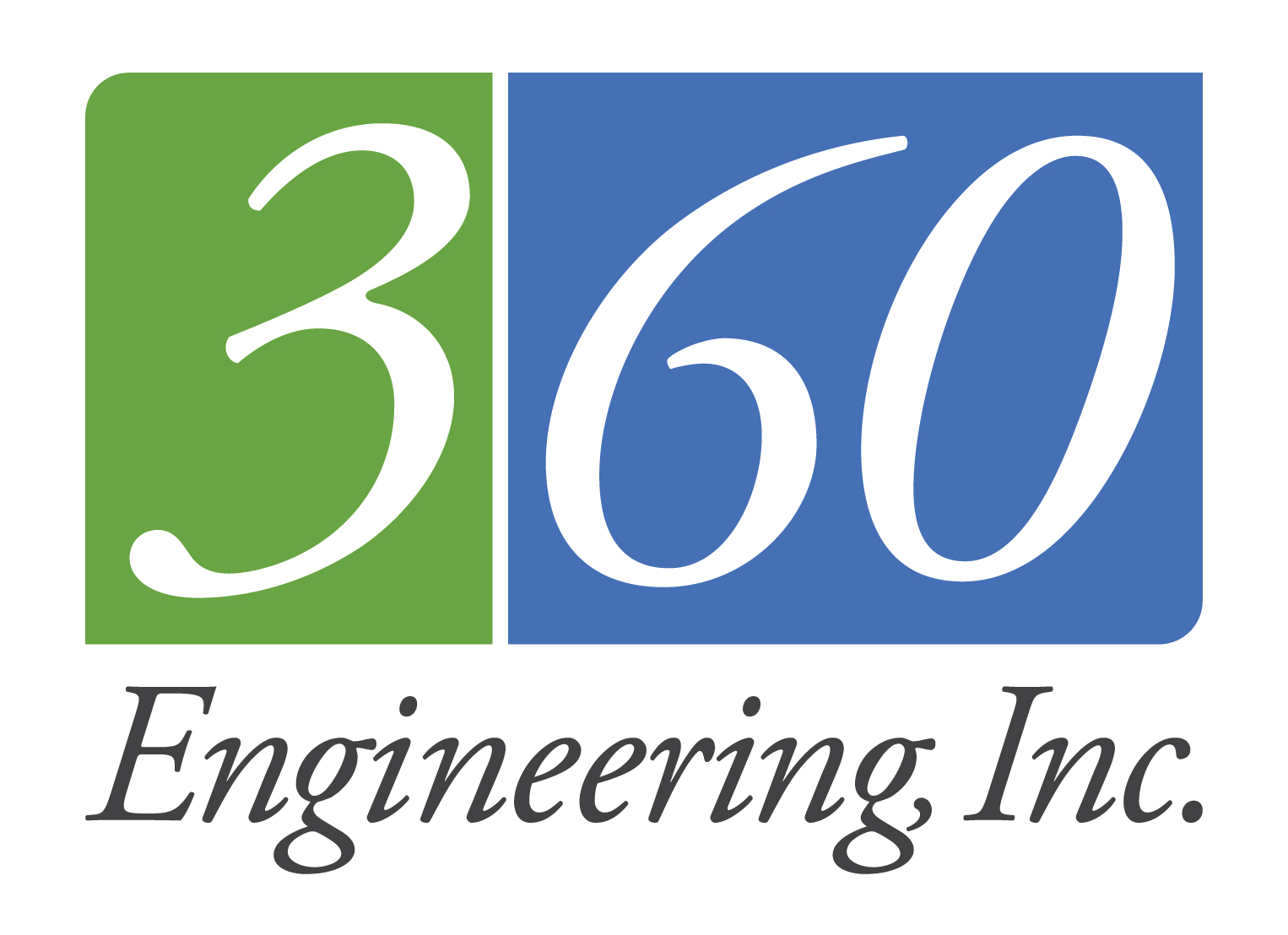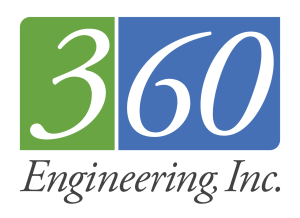Electrification and Sustainability Goals: Unveiling the Role of Heat Pumps
As we’ve all continually heard in recent years, electrification is a major sustainability goal for many municipalities, states, and even countries around the world1. Along with electrification comes a plethora of buzzwords and phrases, one of the most familiar being heat pumps. Air-source heat pumps—the most common application due to the relatively low cost of such systems—can absorb heat from the ambient air and transfer that heat into an occupied building space. But how does that work when the outside ambient air is cold?
Air-Source Heat Pumps Demystified: Operation in Cold Climates
Heat pumps manipulate the chemical properties of refrigerants at different pressures to absorb and release heat energy, moving it from outside to inside to heat a building.
At the right pressure, the boiling point of the refrigerant will actually be lower than the cold outside air temperature—and since heat energy always moves from the higher temperature substance (in this case, the outside air) to the lower temperature substance (the refrigerant), heat is absorbed from the “cold” outside air and then cycled to the occupied space.

The Chilling Challenge: How Cold Can Air-Source Heat Pumps Go?
So, heat pumps can pull heat from relatively cold outside air—but how cold can that outside air be?
The short answer is that it depends on the type of heat pump you are working with. Most one-to-one split heat pump systems (i.e., a single outdoor unit connected to a single indoor unit) and packaged heat pump systems (e.g., packaged rooftop units) begin to significantly reduce their heating capacity around 40-45°F ambient temperature—which is when you really start needing the heat!
However, these systems are typically designed to accommodate this derated capacity as the temperature continues to drop. Regardless, one-to-one and packaged heat pump systems are limited in how much heat they can provide at very cold temperatures. Below the “balance point” of derated heat pump capacity and building heating load, supplemental heat becomes necessary, typically in the form of some electric resistance heaters.

Beyond Limits: Variable Refrigerant Flow (VRF) Systems Revolutionizing Cold Climate Heating
The most advanced heat pump technology available today takes the form of Variable Refrigerant Flow (VRF) systems. VRF systems have been around in East Asia and Europe for decades and have gained a foothold in the U.S. in the last 15-20 years. This technology has seen an explosion of progress in that time. A few decades ago, VRF systems were only rated for heating in the range of -5°F to -10°F, below which the systems were configured to shut down to protect their internal components from the “extreme” cold! However, VRF systems today have heating performance data for operation down to -22°F or less! Granted, at a significantly derated heating capacity, but pause and grasp that this technology can pull heat out of -22°F air and move that heat inside your building! The upshot is that the balance point of VRF systems is much lower than the one-to-one or packaged heat pump systems described above. 360 Engineering has designed systems for large buildings in Denver and other cold climates capable of meeting the full heating load at -5°F without any supplemental heat systems required.
Breaking the Cold Barrier: Technological Advances in VRF Systems
Multiple technological advances have allowed VRF to progress to such a viable heating system, even in cold climates. Physical accessories on the outside casing of the heat pump units, such as wind baffles and snow hoods, mitigate the effects of weather on the operation and efficiency of the VRF heat pumps. Inside the heat pumps, flash-injection technology—where the system introduces a modest quantity of mixed-phase refrigerant (i.e., a mixture of gas and liquid) to cool the compressor—allows the compressor to operate at higher speeds by mitigating friction and accumulation of internal heat2. Higher compressor speed results in greater heating capacity for the system at lower ambient temperatures. On top of these technologies in the outdoor unit, VRF systems take advantage of heat recovery internally as well, moving energy from interior zones that have excess heat available to exterior zones that need that heat energy—bypassing the outdoor unit entirely through the use of an intermediate “mode control unit.”
Future Trends: The Journey of Heat Pump Technology in a World Moving Towards Electrification
Heat pump technologies have come a long way since they were first introduced in the HVAC industry. While limitations still exist for certain systems and applications, air-source heat pumps have become a viable and highly efficient option to provide the heat needed for buildings in cold climates. As the world continues toward electrification and the market demands better, higher-performing heat pumps, this technology will continue to progress toward greater heating capacities at colder ambient temperatures.
References

